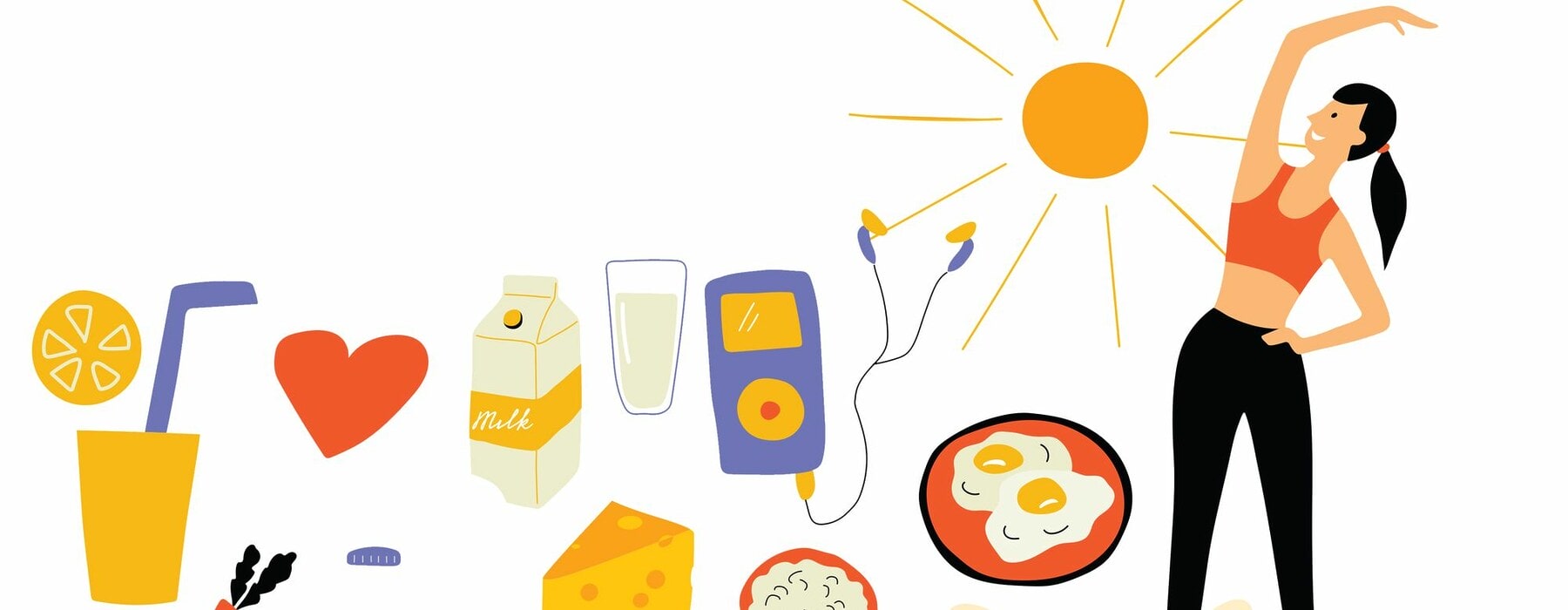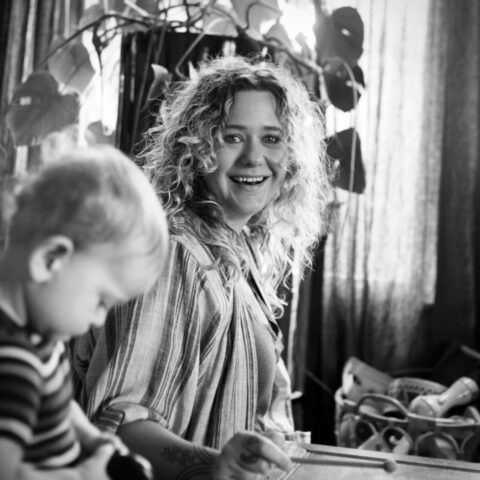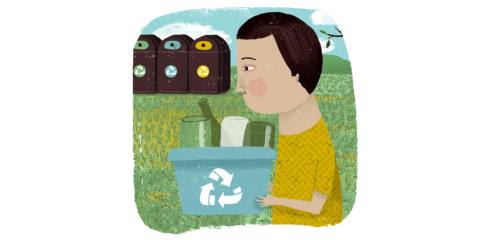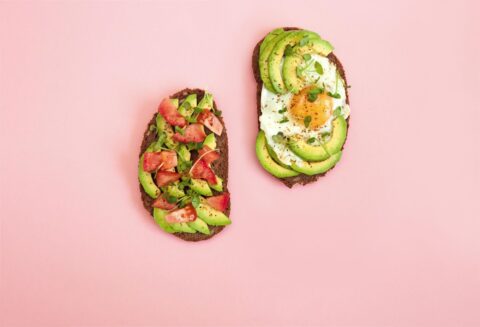Looking after your skeletal health can help you live better and longer. These tips will help you keep your bones healthy and strong.
Do you ever think about your bones?
I have to admit that in the hierarchy of things to do with my health, I hardly ever give them a thought. They’re just there, with my muscles, holding me up.
I should be thinking about them, though. My mother and aunties all have low bone density, and that puts me at higher risk of developing it too, and osteoporosis later on.
At any age, looking after our bone health can have a huge payoff when we’re older – even playing a role in how long we’re likely to live. If you have an elderly parent, you might have an inkling of this. Older people who suffer a hip fracture, in particular, tend to experience a major decline in health, and tragically a significant number die within 12 months of the fracture. Half of those people will have had a previous fracture; fracture begets fracture, according to a report from Osteoporosis New Zealand.
As you can see, it’s worth it to work on preventing that first fracture, and it’s not that difficult to do. Some methods are even pretty fun.
1. Food
We all know calcium is good for our bones. Because it’s an important component of their makeup – and because after our twenties, when bones are at their most dense, a continual process of bone loss and repair is going on (the loss of bone density speeds up post-menopause, thanks to the reduction of oestrogen) – we need to keep topping up.
Food is the best way for most of us to boost our calcium intake. This is one of the fun bits, especially if you love cheese, since dairy is a great source of calcium. If you eat dairy, keep at it – a couple of serves a day is likely to be enough. Get a serving in a matchbox-sized piece of cheese, a glass of milk or a pottle of yoghurt.
If you don’t eat dairy, there are plenty of other sources of calcium to enjoy. Opt for a non-dairy milk that has calcium added, and turn to calcium- containing plant food such as tofu, legumes, tahini, spinach, broccoli and grainy bread.
Other bone-building foods include nuts, seeds, colourful vegetables and wholegrains that contain magnesium and potassium, which are both useful for maintaining bones. Keeping your salt and alcohol intake down is also a good idea.
2. Vitamin D
Another essential ingredient for healthy bones, vitamin D is found in a few foods, such as oily fish, milk, eggs and liver. But the best way to get it is by producing it in your own body through exposing your skin to the sun. Get outside early or late in the day in summer (to balance vitamin D production with staying sun safe) and in winter, spend half an hour or so outside every day (or a bit longer if you have dark skin).
3. Exercise
Another piece of the puzzle is exercise. We need to put a bit of stress on our bones to keep them strong, and we need to keep our muscles strong to support our bones.
We need to put a bit of stress on our bones to keep them strong
Physiotherapist Kath Broad, who works for rehabilitation specialists Active+, says we need to do weight-bearing exercise like walking or running “where there’s some impact or weight going through your limbs”.
“Activities that put stress through the bone stimulate the bone-forming cells and slow down bone loss,” she says. Conversely, not stressing your bones due to inactivity can speed up osteoporosis by slowing down bone formation. “This can be a problem with astronauts, when they have no gravity to provide stress to the bones,” Kath adds.
Resistance training – with weights, for example – strengthens the muscles around your bones and has other benefits as well. More muscle mass means your body burns energy more efficiently, making it easier to control your weight.
4. Balance
This another sometimes-overlooked part of the equation, says Kath. “A lot of people don’t realise that balance is something you can train, and it’s something you lose if you don’t practise. It’s a ‘use it or lose it’ thing.”
Exercises you can do to improve your balance include standing on one leg (if that’s too easy, try closing your eyes) and standing heel-to-toe, with one foot in front of the other.
Just like our bones and muscles (and a wee bit like life in general), our balance “needs to be challenged in order to improve,” says Kath. “If it’s challenged, it gets stronger.”
Extras
- At knowyourbones.org.nz, Osteoporosis New Zealand has a quiz you can take to assess your bone health.
- Nymbl is a free app that helps improve your balance. Find it at livestronger.org.nz.








